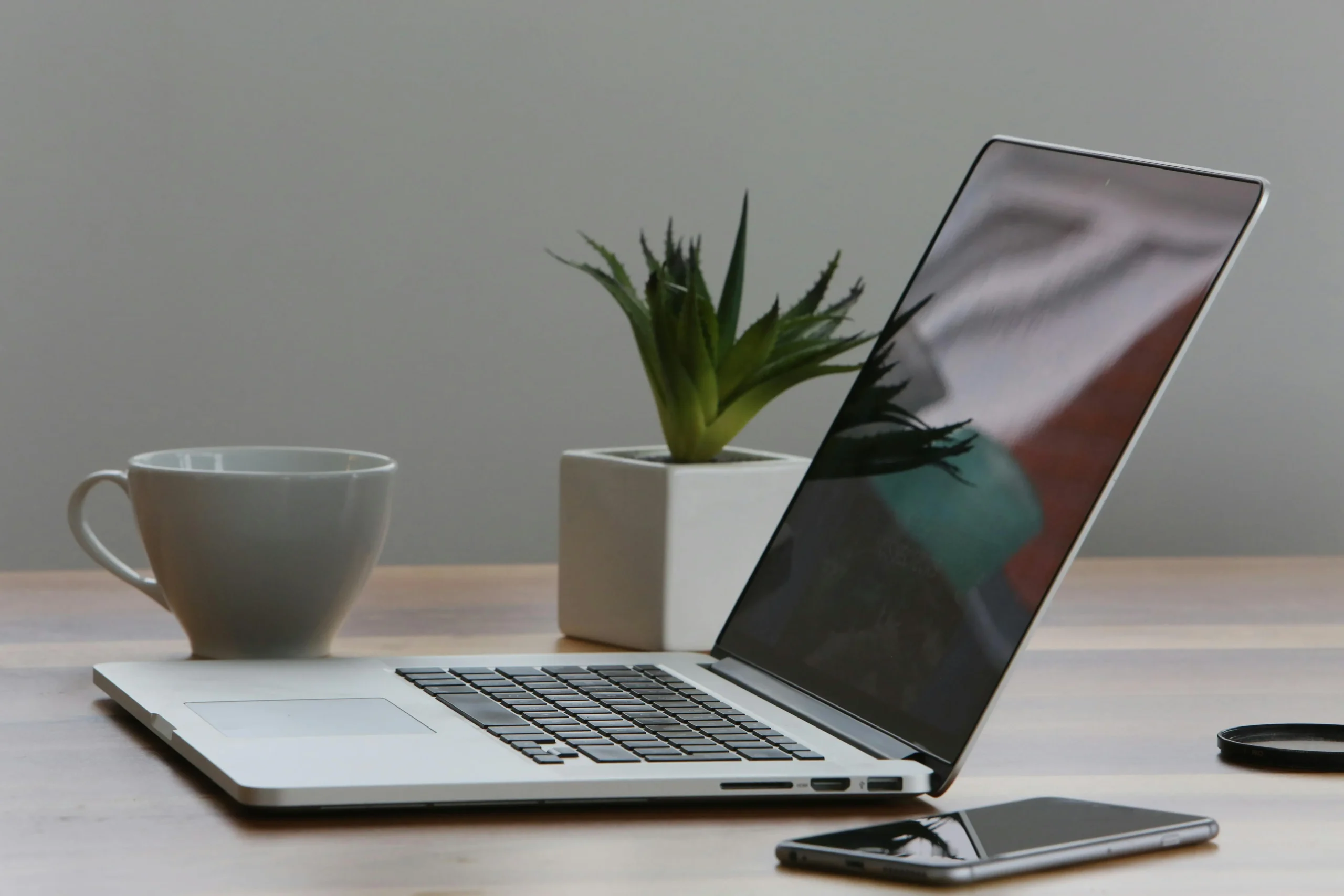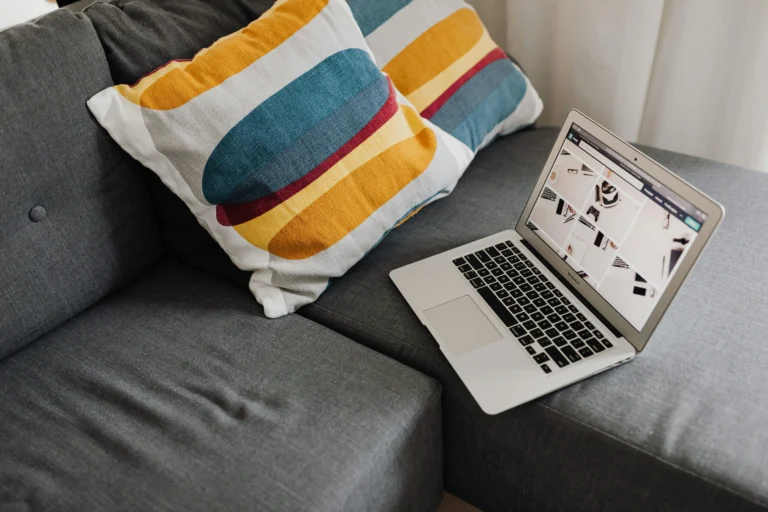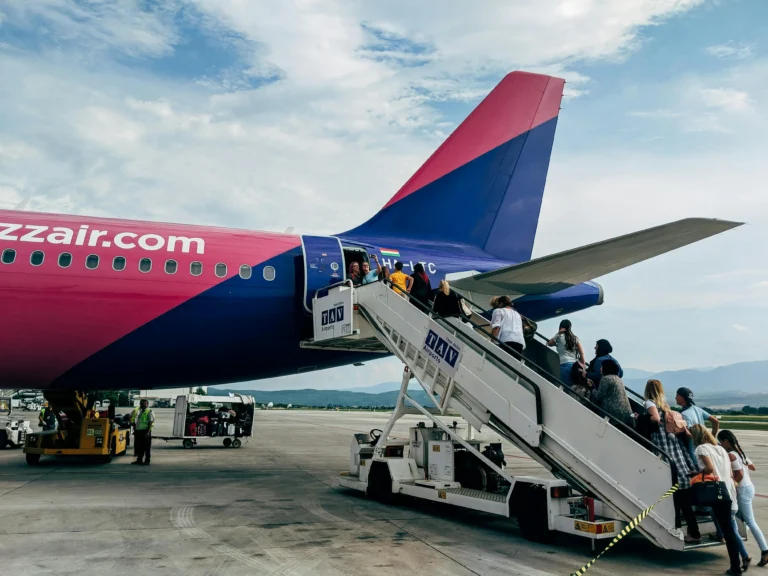Top Solutions to Common Issues When Having Android on Mac
Think about it: You’re in the process of coding your next app concept, and your Android Studio is not opening on your Mac. The frustration is true when there is a looming deadline. Most developers and testers encounter this bug when integrating Android software with macOS, but the integration improves speed and ease when developing apps.
These bugs arise from clashing systems, such as Apple’s rigid security or warring software. They bring you down a notch, but don’t fret. This guide takes you through fixes for the most common errors, from install issues to device connections, so that you can return to simple work.
Master these steps, and your productivity will soar. App developers, testers, and people just syncing phones with Macs benefit from less heartache. Let’s get started and squash those bugs.
Common Android-Mac Integration Issues That You Should Know
Android tools rely on Java, ADB for device conversations, and Mac’s quirky rules. These combined usually results in hiccuping Android Studio, emulators, and phones connecting. The root causes found allow you to strategize for quick wins.
Check Android Studio’s Event Log or the Console application on Mac to identify problems. Just like that, you notice permission blocks or memory drains before they accumulate.
Why Platform Differences Cause Problems
Macs use ARM processors these days, such as M1 or M2, while older Android components require x86. The incompatibility foils emulators or disables builds. Try running uname -m in Terminal to test your environment—arm64 indicates you need to use compatible SDK tools.
Apple sandboxes introduce layers, denying ADB access out of the box without modifications. SDK versions could be different and cause toolchain failure. Preliminary checks short-circuit hours of trial and error.
Catch these discrepancies by reviewing system logs. They report whether your Java or paths are out of sync.
Typical Types of Errors during Development and Syncing
Build failures hit often, ranging from Gradle sync errors to libs that are not there. Connection timeouts beset ADB while connecting devices. Permission denials deny files access or installs.
In combination, Wi-Fi loss or USB abnormalities halt tests. Make use of Activity Monitor to observe CPU spikes during execution.
Console app logs report error codes to dig into.
These trends concentrate around hardware bonds and configuration. Follow them to fix high-impact solutions first.
Impact on Productivity and How to Evaluate Severity
Unfixed bugs stop app builds or stop device testing. You spend time debugging rather than building. A single timeout will spend an hour in retries.
Measure weight against log frequency—crashes occurring daily need attention immediately. Event Log repeated problems indicate high productivity impact. Make the decision with a snapshot count: if it’s stopping critical tasks, address it immediately.
This method keeps your Mac running well for Android work. You’re ahead without endless battles.
Solving Android Studio Installation and Launch Issues
New users are likely to stumble over install procedures. Android Studio runs fine on Mac, but initiating runs may hang. Apply these to get each piece functional neat.
Official tutorials give right steps—follow in a new directory to maintain issues under control. Step-by-step verifications build confidence.
Solving Download and Installation Issues
Downloads lag due to network problems or a corrupted archive. Clear space and try again through official site. Install dependencies such as Java on Homebrew: brew install openjdk@17.
Clear caches using rm -rf ~/Library/Caches/AndroidStudio* to begin anew. Verify Java version—JDK 17 or later is optimal. Run java -version to verify.
If archives get corrupted, redownload and verify checksums. This clears most install roadblocks with flair.
Open Crashes and UI Issues Troubleshooting
JVM heap low, crashes on big projects. Edit studio.vmoptions to increase memory: add -Xmx4g for additional RAM. Turn off additional plugins in Settings > Plugins to reduce conflicts.
Start in safe mode from Terminal: open /Applications/Android\\ Studio.app –args –safe-mode. This bypasses add-ons for testing. UI freezes? Check that you have updated to latest macOS and Studio.
These modifications stabilize launches. You prevent endless reboots.
Fixing Permission and Path Configuration Problems
Mac’s Gatekeeper marks Android files as unsafe. Remove it with xattr -d com.apple.quarantine /Applications/Android\\\\ Studio.app. Set SDK to PATH in ~/.zshrc: export PATH=\\\\”$PATH:$HOME/Library/Android/sdk/platform-tools\\\\”.
For ADB, udev is not needed, but turn on Developer Mode on devices. Verify with adb version after installation. Path errors appear in logs—get them fixed to have full access.
All this setup allows tools to execute without restriction on your Mac.
Optimizing Android Emulator Performance on Mac
Emulators mimic phones but stress Macs, particularly Apple Silicon. Hardware acceleration is essential for performance. Employ light AVDs to render loads lighter.
Official benchmarks reveal M1 boots 3x faster with proper settings. Make hypervisor adjustments if necessary for optimal fit.
Removing Slow Boot Times and Lag
HAXM can work on Intel Macs; Hypervisor.framework fits M1/M2. Turn on acceleration in AVD Manager under Emulated Performance. Assign RAM to 4GB and CPU cores to 4.
Start with the command: emulator -avd YourAVD -gpu host. This exploits Mac’s GPU for quick renders. Lag is minimized as you experiment.
Experiment with different API levels—newer ones boot faster. Your sessions are less bumpy today.
Resolving Graphics and Display Rendering Issues
OpenGL ES bugs lead to black screens or freezes. Use software mode in AVD settings as fall back. Upgrade macOS to support new graphics drivers.
Run emulator -feature – MoGLDirectMem to verify GPU direct access. Host rendering is a bailout alternatively. All these steps provide unobstructed views.
Common on M-series—verify logs for ES version mismatches. Smooth displays ensue.
Solving Crash Dumps and Stability Issues
Crash Dumps happen on prolonged runs by reason of memory leaks. Use Instruments.app to detect leaks. Clean AVD data in Manager: select and delete.
Restart ADB: adb kill-server && adb start-server. Kernel panics? Throttle emulator resources. Resets like these enhance stability.
Monitor Console for trendiness in monitor crashes. Your emulator is stable for testing.
Debugging ADB and Device Connection Issues
Physical Android device connection to Mac forms the core of real-world verification. Begin by turning on USB debugging under phone settings. Lock it in by only trusting Macs familiar to it.
Debug stepwise: cables, drivers, then auth. This sequence catches most snags.
Solving USB Detecting and Pairing Problems
No drivers = no detect. Install through SDK Manager under SDK Tools > Google USB Driver. Swap cables or ports—suspect ones dupe ADB.
Reset off obsoleted authorizations on device, then execute adb devices. Shows whether device is paired. Green check = success.
Experiment with different USB modes on phone. Detection ramps.
Erasing Timeout and Authentication Errors
Timeouts due to firewalls or bad signals. Enable Wi-Fi ADB: adb tcpip 5555 on USB, then disconnect. Open Mac firewall port 5037.
Reset auth in Developer Options. For wireless, write down device IP and connect: adb connect IP:5555. Timeouts disappear.
Auth pops up prompt to trust—always allow on initial connect. Gliding connections from this point forward.
Multiple Device Conflicts
Some phones discombobulate ADB. List with adb devices to capture serials. Target one: adb -s SERIAL shell.
End hung processes in Activity Monitor—find adb.exe. Use lsusb to locate devices by vendor. No more confusion.
Config files assist with naming them. Manage crowds with ease.
Streamlining SDK and Build Tool Errors
Build errors are due to naughty paths or stale deps. Pin versions in Gradle to achieve stability. Clean builds avoid ghost issues.
Use Gradle best practices for clean syncs. Lint previously to catch issues.
Fixing SDK Path and License Acceptance Errors
Paths unset throw “SDK not found” wails. Set ANDROID_HOME in ~/.zshrc: export ANDROID_HOME=$HOME/Library/Android/sdk. Re-load shell using source ~/.zshrc.
Accept licenses: sdkmanager –licenses. Sync project in Studio. Paths fix, builds roll.
Frequent in fresh installs—double-check env vars.
Fixing Gradle Build Failures and Dependency Errors
Versions conflict, preventing syncs. Update wrapper to 8.0+: edit gradle/wrapper/gradle-wrapper.properties. Clean: ./gradlew clean.
Add fix in build.gradle: dependencies { resolutionStrategy { force ‘com.android.tools:some-lib:version’ } }. Conflicts fixed.
Test builds later. Stable compiles next.
Resolving Resource and ProGuard Obfuscation Issues
Spaces in path destroy resources. Rename directories or enclose in quotes. Disable R8 in gradle.properties: android.enableR8=false for test builds.
Run ./gradlew lint to mark problems. ProGuard obfuscates code—adjust rules in proguard-rules.pro. Errors are reduced.
Expert builds look great with these.
Conclusion
Critical fixes such as path checks and hardware hacks eliminate the majority of Android on Mac bugs. Pre-check installations to avoid crashes and slowdowns. These actions ensure an easy dev life.
Studio and macOS upgrades prevent 80% of repeats—couple with log review. Experiment with these in a test project to acquire skills by hand.
Post your successes in comments. Subscribe for additional cross-platform tool tips. Code painlessly.







